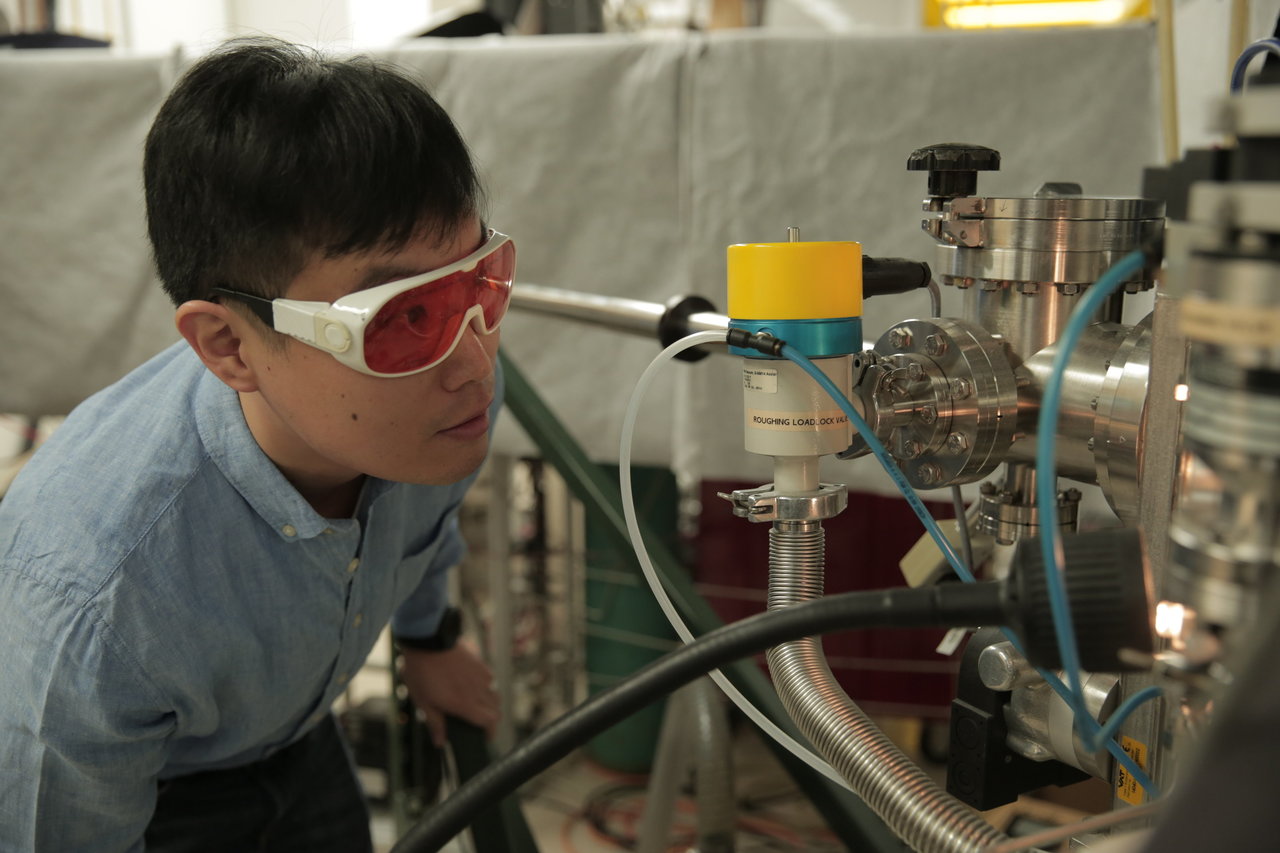Thin films or thin layers are found in everything. We can observe thin films daily, but we don’t know scientists make those thin films. Yes, you read it right. Scientists make thin films. And those are the thin films that are applied to our daily needs.
Thin film technology has been widely used these days. Most of the consumer goods and products are being made with thin films.
Types of thin film
There are different types of thin-film technologies like magnetic, electrostatic, etc.
You may be knowing that one of the most popular thin-film technology; is magnetic thin-film technology. This type of thin-film is applied in different electronic devices such as mobile phones, digital cameras, LCD TV, laptop computers, wireless LAN cards, audio products, etc. Magnetic thin films make speakers, microphones, and other small electronics. These are used in audio effects such as headphones, speakers, microphones, and other audio equipment.
Magnetic thin films have also been applied in industrial products like sensors, displays, inkjet printers, barcode readers, hard disk drives, magnetic data storage media, medical equipment, and other industrial uses.
Many names also know electrostatic technology, but it is mainly called thin-film technology. If you talk about thin films, it is not just limited to one kind. There are so many types of thin films out there; we can talk about each one of them individually. Different thin films include dielectric, piezoelectric, conductive, thermoelectric, and electrochromic.
These are some of the most used and essential types of thin films. Now, let’s learn more about some of them and how they are made.
What is the principle of thin-film technology?
If you think about a thin film, you will know that it is made with certain materials. Thin films are made of solid or liquid materials bonded together. The material on top is usually a polymeric substance, but some movies have metal or semiconductor coatings. In a thin film, one or more surfaces are covered with an insulating or semiconducting layer. It is a material with a specific electrical or optical property. It is used to coat other surfaces to modify their function. There are various precision optical components in the market.
So, if you want to know the principle of thin-film technology, it is just that thin films are made of different types of materials. There are different types of materials in thin films.
Thin films can be classified into three different types:
- Electrical
- Magnetic
- Electrostatic
There are a lot of benefits of thin-film technology. If you don’t know, then I will explain it to you. The main advantage of thin films is their ability to conform to non-flat surfaces easily. So, you can see how thin films can be applied on any surface because of the properties which are already there. This makes them more useful.
You can apply thin films on any surface like plastic, metal, glass, paper, and so on. If you want to learn more about the benefits of thin films and thin-film technology, then you should go through some blogs or forums. If you need optical thin film coating, then you can contact pfgoptics.com.
Thin films have also been used in many ways. If you talk about electronic products, you can see a wide variety of thin films used in these products. The other light film type that we have already discussed here is a magnetic thin film. Some different types of thin films are widely used for specific purposes.
Conclusion
Thin film technology has many advantages; it is mainly due to its low cost and easy process. It has been used for many different types of applications and industries. I hope you have learned all about the different types of thin films and their applications.





